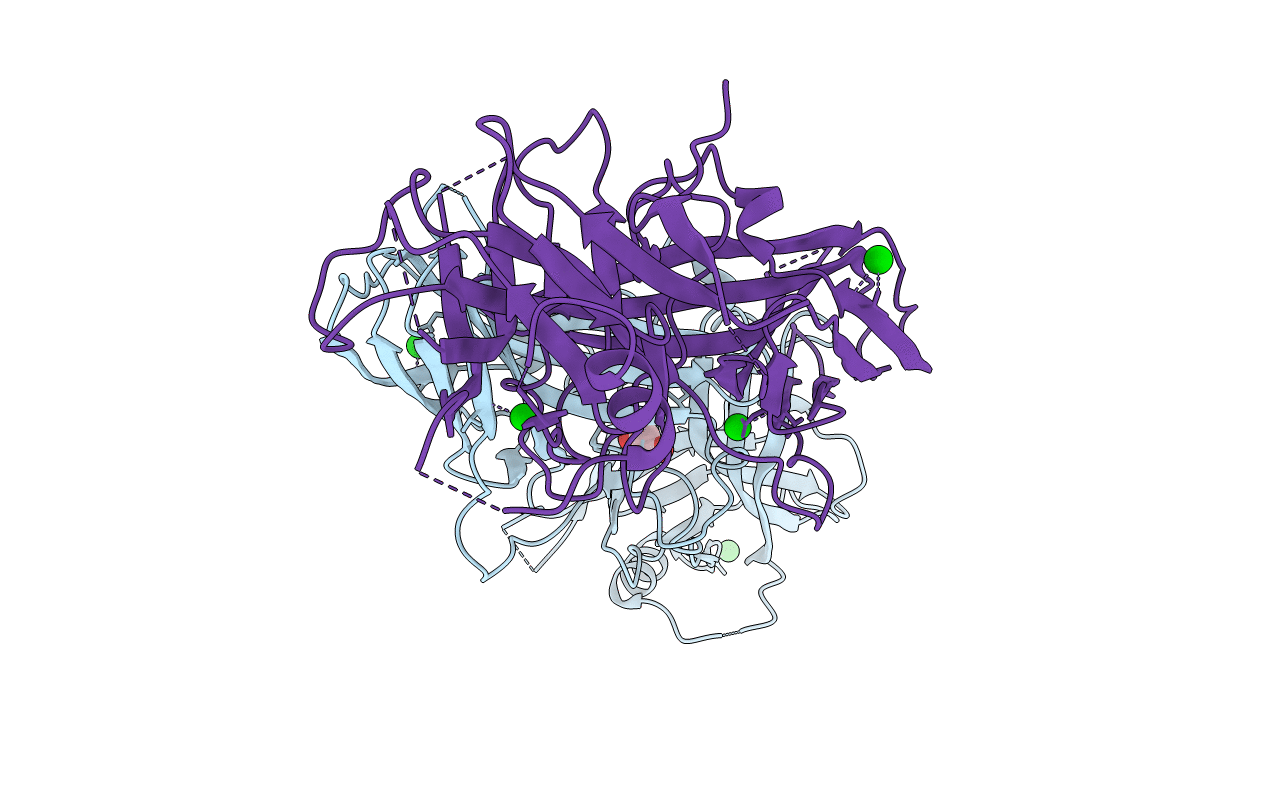
Deposition Date
2019-07-29
Release Date
2020-01-29
Last Version Date
2023-11-22
Method Details:
Experimental Method:
Resolution:
2.79 Å
R-Value Free:
0.27
R-Value Work:
0.21
R-Value Observed:
0.22
Space Group:
P 1 21 1


